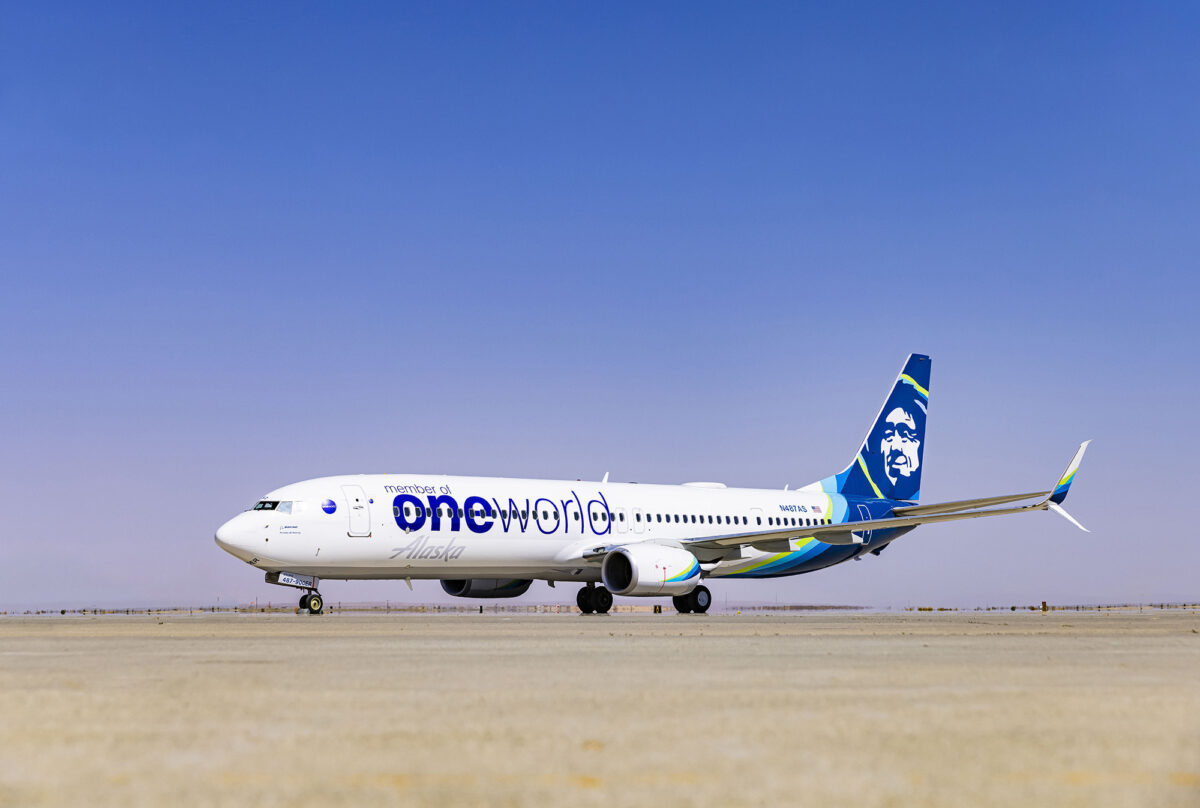Singapore Airlines Reports ‘Robust’ Passenger Demand — Will the Momentum Continue?

Skift Take
The Singapore Airlines Group (SIA) is starting the new calendar year on a strong note. SIA said Monday that passenger traffic across its airlines rose 8.6% in January versus a year earlier.
Notably, the figure tracks well ahead of a 5.5% increase in capacity. This is good news for the company, as it means its planes are busier, despite operating more flights overall.
SIA credited the Lunar New Year holiday season as a partial driver for “robust travel demand.”
The multi-day celebration falls on different dates each year, based on the start of the new moon cycle. This is typically between January 21 and February 20 using the Western calendar. In 2025, the New Year was on January 29, compared to February 10 in 2024. This brought much more of the travel surge into January’s traffic figures, flattering year-on-year comparisons.
Key New Year Numbers
The Group is best known for operating Singapore Airlines, however, it also owns a low-cost carrier called Scoot and an air cargo operation.
Digging into the numbers in more detail, the passenger load factor at Singapore Airlines – a key industry metric indicating how many seats on an average aircraft are occupied – reached 87.2% in January. This was up 3 percentage points compared to January 2024.
Partly driven by the timing of the Lunar New Year, the East Asia region led the charge, with an impressive 5.8 percentage point rise.
However, the region with the busiest flights overall was the South West Pacific at 93.7%. This area includes key markets for Singapore Airlines including Australia and New Zealand – both of which enjoy a peak summer surge at the start of the new calendar year.
Performance at low-cost subsidiary Scoot was slightly softer. Overall revenue was flat, despite a 4.9% rise in the number of passengers carried. The load factor at the budget carrier was 90.3%, up almost one percentage point from last year.
During January, Scoot added new services to Padang in Indonesia and Shantou in southeastern China. This helped bring the SIA Group’s total passenger network to 131 destinations.
China’s Extended Holiday
Singapore Airlines isn’t alone in enjoying a seasonal boost. A decision by China’s General Office of the State Council to extend the Spring Festival holiday from seven to eight days is credited with driving increased tourism revenue. Between January 28 and February 4, trips generated 677 billion yuan ($93 billion) in domestic tourism spending.
There was a 5.9% increase in travel volume and a 7% rise in revenue compared to last year, according to China’s Ministry of Culture and Tourism.
The country reported significant inbound and outbound numbers, with around 14 million total cross-border travelers — up over 6% from the previous year, according to China Trading Desk. Foreign visitors comprised nearly one million of that total, up 23% from the same period last year, China’s National Immigration Administration said.
The operating results from Singapore Airlines kick off a busy week for the Group. On Thursday, the company is due to publish its Q3 results.
Regional rivals such as Korean Air have already reported their quarterly numbers. The Seoul-based firm shared solid results, with a 12% operating margin between October and December 2024, up from just 5% during the same period in 2024. Management said leisure traffic remains strong, as does premium demand, with North American traffic proving particularly buoyant.
Meanwhile, last month Hong Kong's Cathay Group finally shook off the specter of its Covid-era woes. Publishing its traffic figures, the company confirmed its “two-year rebuilding journey” is complete, with “incredible progress” made last year. The focus, it added, “is now firmly on adding more flights and destinations to reinforce Hong Kong’s international aviation hub status.”
Airlines Sector Stock Index Performance Year-to-Date
What am I looking at? The performance of airline sector stocks within the ST200. The index includes companies publicly traded across global markets including network carriers, low-cost carriers, and other related companies.
The Skift Travel 200 (ST200) combines the financial performance of nearly 200 travel companies worth more than a trillion dollars into a single number. See more airlines sector financial performance.





